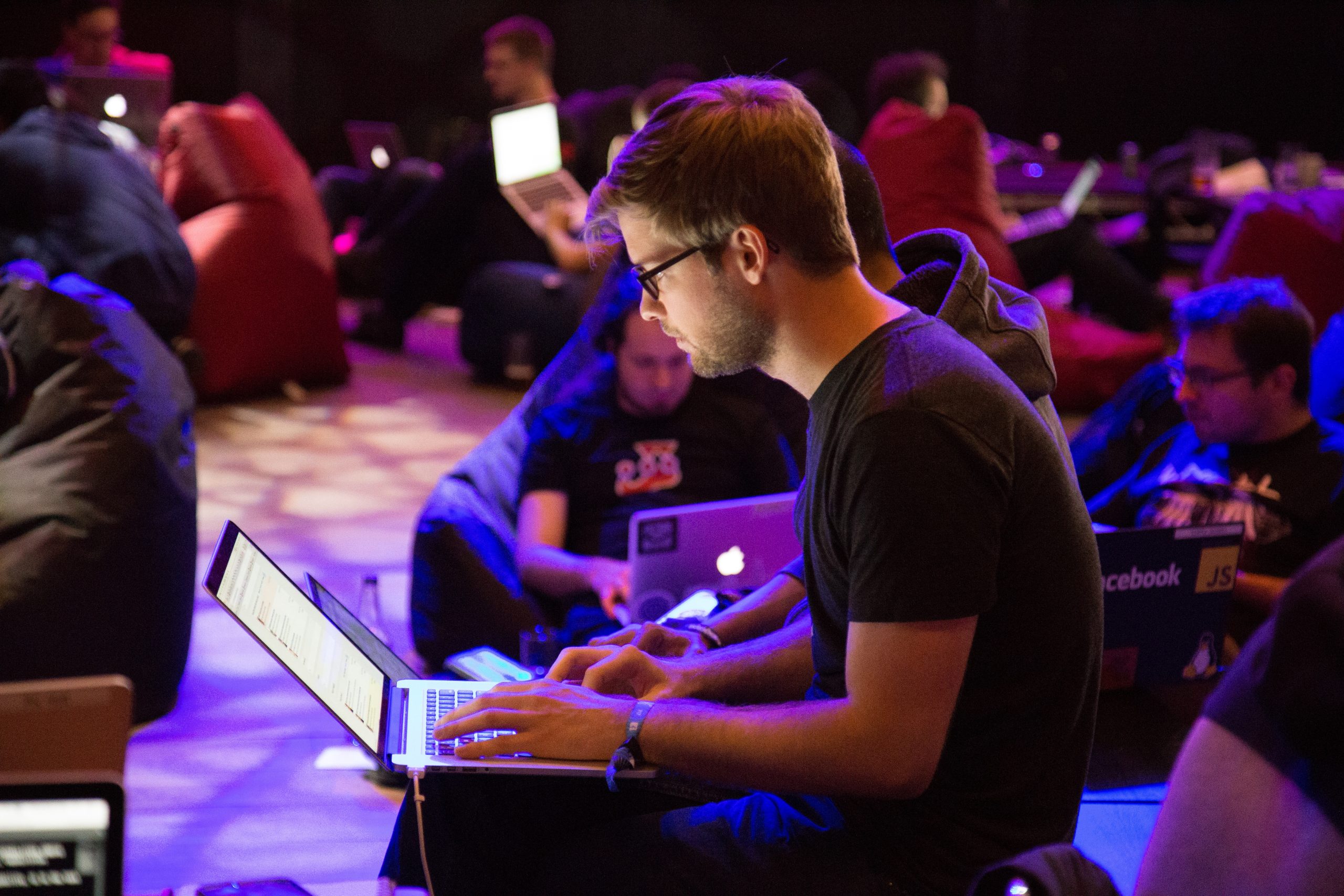15th August 2019
The presentation during the 19th Diabetes Poland Society scientific meeting
The CLOSE EIT Health Innovation project by design follows a multi-stakeholder approach on the route towards Artificial Pancreas-related product and service portfolios (APplus) that operate at optimum risk-benefit and cost-benefit balances in different diabetes care environments. The aim of the “CLOSE-Lodz-Survey” was to assess the needs and expectations of T2DM patients as a relevant target group for digital diabetes technologies.

The study was initiated by the CLOSE partner Medical University of Lodz to provide real-life clinical information for the advancement of the CLOSE APplus development.
The results of the “CLOSE-Lodz-Survey” were successfully presented during the 19th Diabetes Poland Society (Polskie Towarzystwo Diabetologiczne) scientific meeting (24-29 May 2018, in Katowice, Poland).
The presentation ‘Pains and needs of patients with type 2 diabetes as targets for novel diabetes technologies – CLOSE-Lodz-Survey” was authored by Aneta Gruchała, Katarzyna Cypryk, Katarzyna Bobeff, Agnieszka Szadkowska, Wojciech Młynarski and Beata Mianowska from the Medical University of Lodz, Poland, and Freimut Schliess from the CLOSE coordinating organisation, the Profil GmbH in Neuss, Germany.
The study’s aim was to determine the pain points of diabetes management perceived by a Polish population of patients with type 2 diabetes (T2D) that could be targeted with priority by new and emerging technical solutions.
One hundred and fifty-four patients were included, of which 83.8% were on insulin. The most frequently reported needs were:
- to evaluate glucose concentrations without finger pricking (98.1% of patients claimed this need)
- telemedical contact with a physician (98.1% of patients)
- development of an “artificial pancreas” (91.6% of patients), and
- automation of calories/carbohydrates evaluation in meals (84.4% of patients)
Other needs indicated by over 50% of patients were: quicker blood glucose measurements, reminder functions for insulin dose and injection time in insulin pens, and sharing diabetes management-related data with family members via smartphone apps. More than 46% of responders did not perceive any significant technological development in diabetes management.
In conclusion, it was stated that needs claimed by a Polish patient population with T2D focus on improvement of glucose concentration measurements, more frequent contact with specialists, automation of insulin delivery and food counting.
Although many of the existing diabetes technologies (e.g. prickless glucose monitoring systems, telemedical communication solutions, smartphone apps) are apparently tailored to T2D patients’ needs, we see a high requirement for more personalised education and training measures in order to unfold the high potential of digital technologies for increasing the effectiveness of diabetes management.
MOWOOT secures over €2M from Next Generation funds

Learn how EIT Health accelerated their journey.
Join the heartbeat of healthtech in Munich this June

Discover the third annual health.tech conference.
Health experts make recommendations on EHDS implementation

Discover our new Think Tank report.